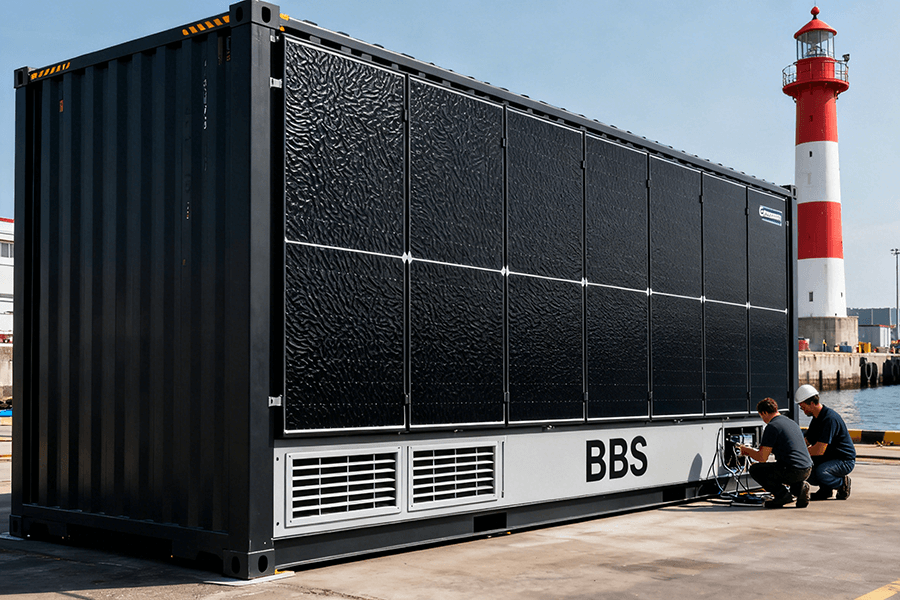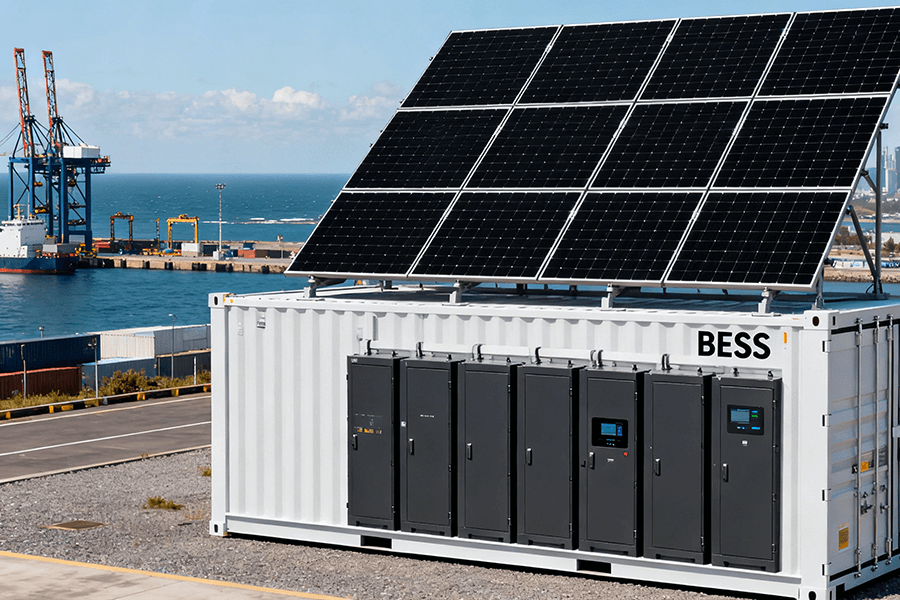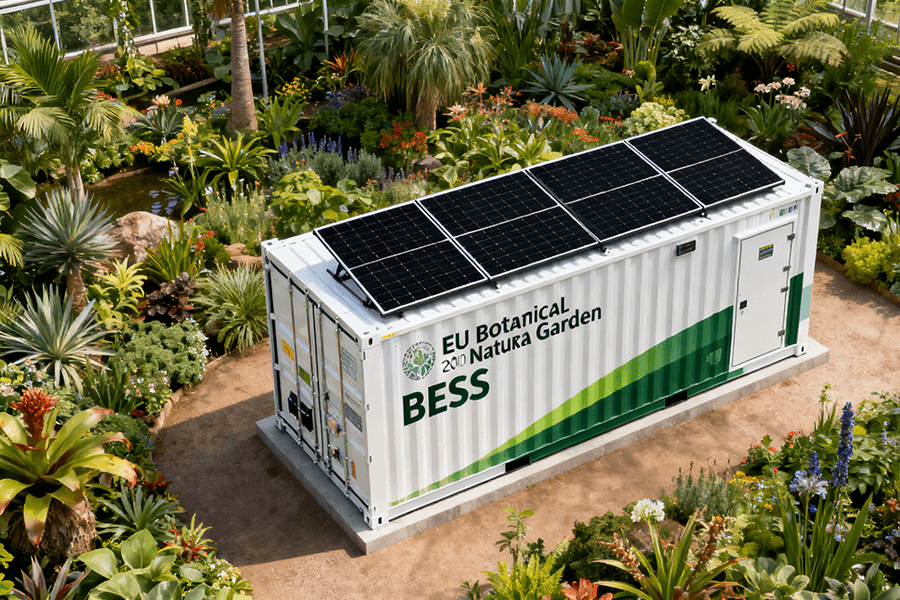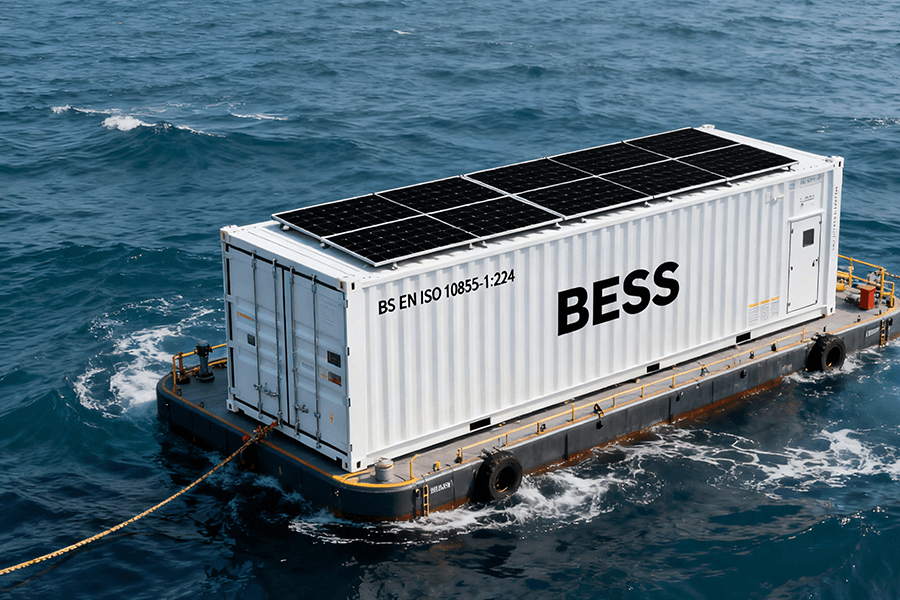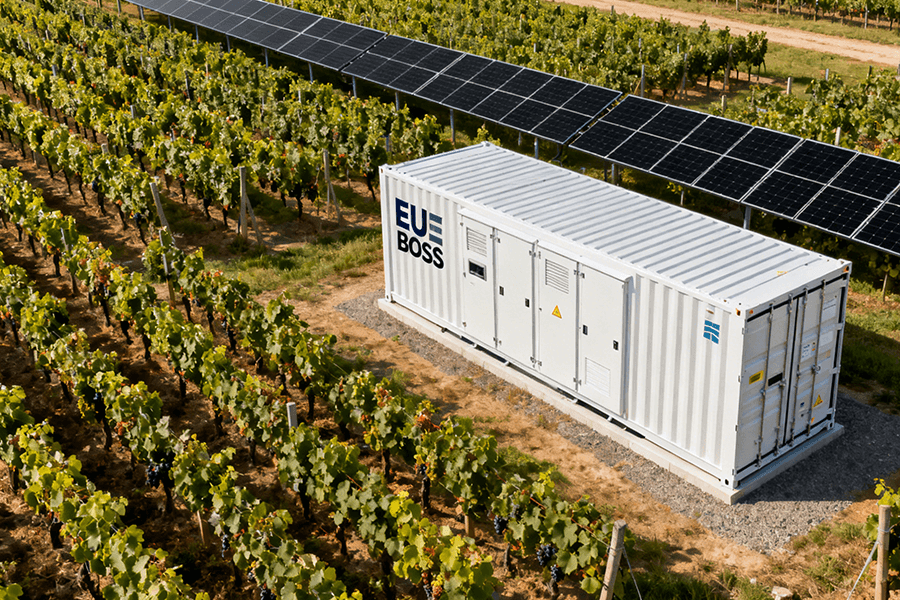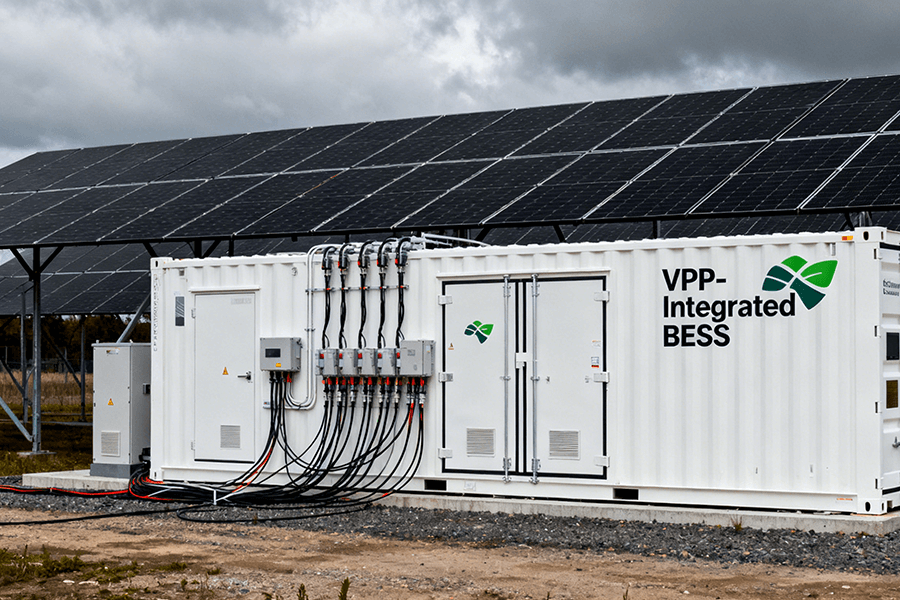Introduction
Off-grid photovoltaic (PV) systems have come a long way in providing clean and reliable energy solutions. Looking ahead, we can expect a surge of innovation and emerging trends in off-grid PV systems. This article explores the future trends, from smart technology integration to more efficient components and advanced energy storage solutions, that will shape the off-grid energy landscape.
Integration of Smart Technology
The integration of smart technology is a game-changer for off-grid PV systems. Smart inverters, energy management systems, and advanced monitoring tools enable greater control and optimization of energy generation and consumption. Key trends include:
Predictive Maintenance: Smart systems can predict when components need maintenance or replacement, reducing downtime and enhancing system longevity.
Remote Monitoring: Real-time monitoring via smartphone apps or web interfaces allows users to track energy generation, consumption, and system health, even in remote areas.
Energy Forecasting: Advanced algorithms can forecast energy generation based on weather conditions, allowing users to plan their energy usage more efficiently.
More Efficient Solar Components
The efficiency of solar components continues to improve, increasing energy yield and overall system performance. Emerging trends include:
High-Efficiency Solar Panels: Monocrystalline and polycrystalline panels are becoming more efficient, converting a higher percentage of sunlight into electricity.
Bifacial Solar Panels: Bifacial panels capture sunlight from both sides, further boosting energy production, especially when installed in reflective environments.
Thin-Film and Flexible Panels: Thin-film and flexible panels offer adaptability and are ideal for off-grid systems that require portability or unconventional installation.
Energy Storage Solutions
Energy storage is a critical component of off-grid PV systems, and advancements in storage technologies are driving the future trends:
Lithium-Ion Batteries: Lithium-ion batteries continue to dominate off-grid energy storage. Innovations are making them more affordable and efficient.
Solid-State Batteries: Solid-state batteries are on the horizon, offering improved safety, higher energy density, and longer lifespans compared to traditional lithium-ion batteries.
Flow Batteries: Flow batteries are emerging as a scalable and long-duration energy storage option, suitable for off-grid systems with variable energy needs.
Hybrid Systems
Hybrid off-grid systems are combining multiple energy sources and storage solutions for greater versatility:
Hybrid Energy Storage: Combining lithium-ion batteries with supercapacitors or other storage technologies allows for better management of peak loads.
Hybrid Energy Generation: Integrating solar panels with small wind turbines or micro-hydro systems ensures a continuous power supply, even during periods of low sunlight.
Grid Interaction
Off-grid systems are becoming more adaptable to grid interaction, allowing excess energy to be sold back to the grid or providing grid power during energy shortages. Key trends include:
Grid-Connected Off-Grid Systems: Systems are designed to connect with the grid when needed, ensuring uninterrupted power supply.
Grid Export: Excess energy can be exported to the grid, providing an additional revenue stream or reducing energy bills for system owners.
Energy Management
Advanced energy management systems are optimizing energy usage in off-grid systems:
Demand-Side Management: Off-grid systems can adjust energy consumption in real-time based on user preferences and energy availability.
Load Shedding: During periods of low energy availability, load shedding mechanisms prioritize essential appliances and services to ensure continued functionality.
Innovative Financing Models
Access to financing can be a significant barrier to off-grid system adoption. Emerging trends in financing models include:
Pay-As-You-Go (PAYG): PAYG financing allows users to make incremental payments for their off-grid systems, making them more accessible to a broader range of customers.
Microfinancing: Microfinance institutions are partnering with renewable energy companies to provide small loans for off-grid system installations, opening up financing opportunities for underserved communities.
Conclusion
The future of off-grid PV systems is marked by innovation and sustainability. Smart technology integration, more efficient solar components, advanced energy storage solutions, and flexible financing models are driving the industry forward. These emerging trends are not only making off-grid systems more reliable and efficient but also expanding their accessibility to a wider audience. As off-grid systems continue to evolve, they will play a central role in the global transition to clean and sustainable energy sources, empowering individuals and communities with reliable and environmentally responsible power solutions.
If you want to customize your own photovoltaic solution today, please contact us.

